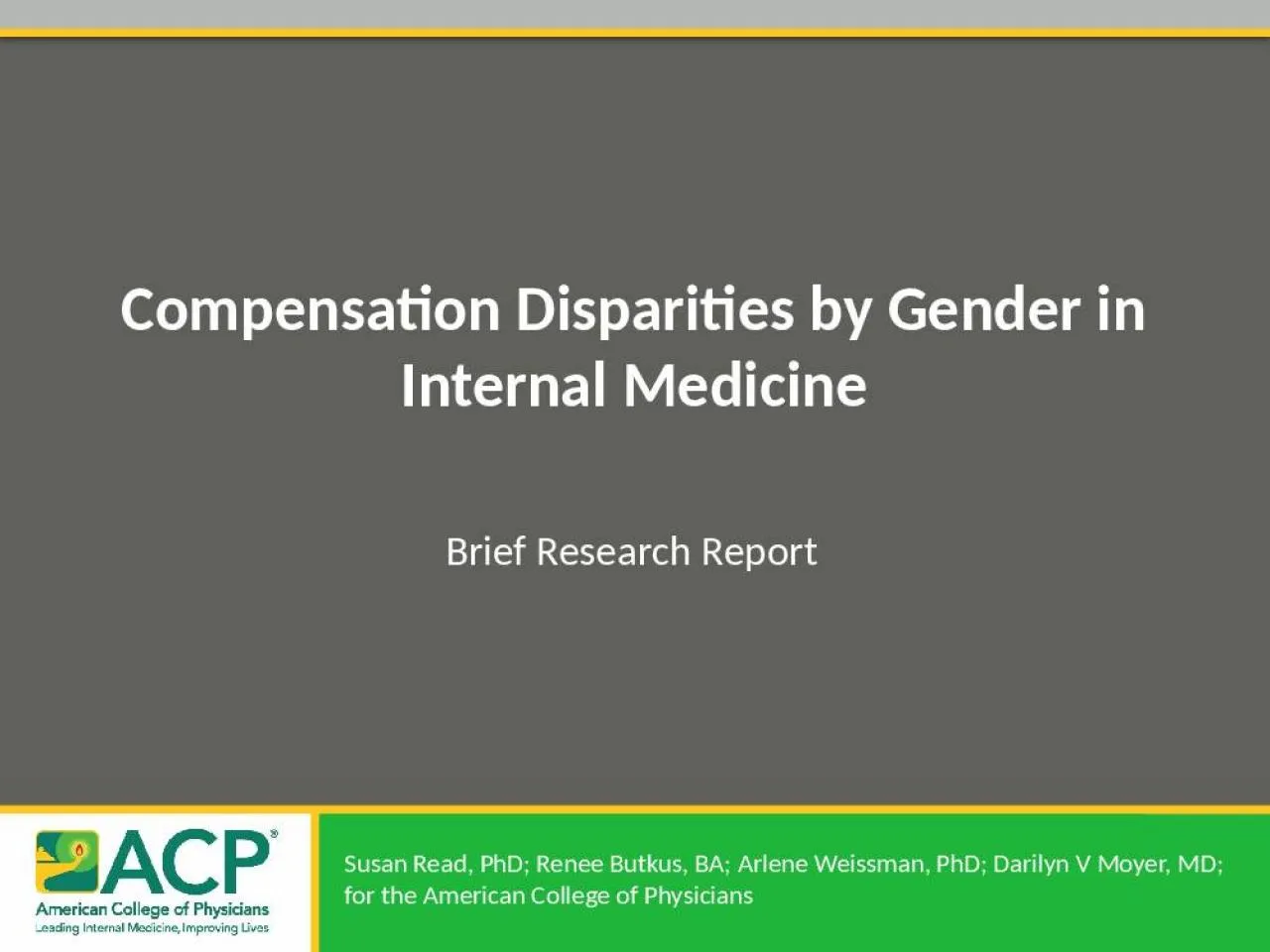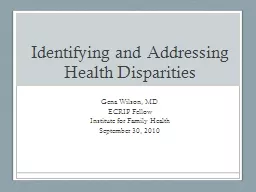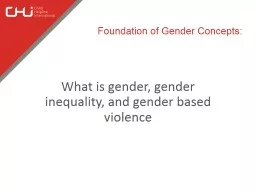PPT-Compensation Disparities by Gender in Internal Medicine
Author : joanne | Published Date : 2022-02-10
Susan Read PhD Renee Butkus BA Arlene Weissman PhD Darilyn V Moyer MD for the American College of Physicians Brief Research Report Objective To describe physician
Presentation Embed Code
Download Presentation
Download Presentation The PPT/PDF document "Compensation Disparities by Gender in In..." is the property of its rightful owner. Permission is granted to download and print the materials on this website for personal, non-commercial use only, and to display it on your personal computer provided you do not modify the materials and that you retain all copyright notices contained in the materials. By downloading content from our website, you accept the terms of this agreement.
Compensation Disparities by Gender in Internal Medicine: Transcript
Download Rules Of Document
"Compensation Disparities by Gender in Internal Medicine"The content belongs to its owner. You may download and print it for personal use, without modification, and keep all copyright notices. By downloading, you agree to these terms.
Related Documents














